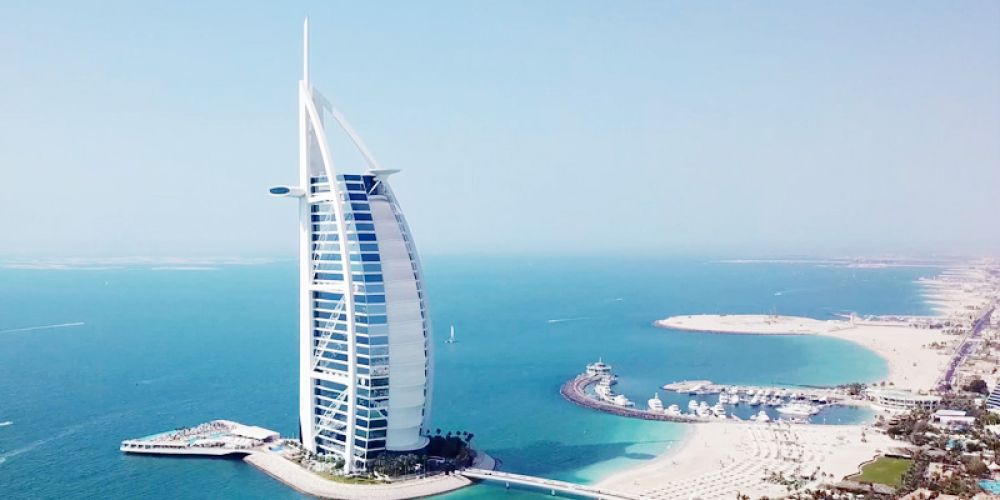
In modern architecture, the application of PTFE membrane (polytetrafluoroethylene membrane) has become increasingly widespread. Its unique material properties and design flexibility have brought numerous innovations to the architectural field. Below are the main characteristics and applications of PTFE membrane in contemporary construction:
Material Properties
Application Advantages
Case Studies
Conclusion
PTFE membrane has revolutionized modern architecture through its unique properties and versatile applications. It delivers durability, aesthetic appeal, energy efficiency, and cost savings while aligning with sustainable development principles. As technology advances, PTFE membranes will continue to play a pivotal role in shaping the future of architectural design.